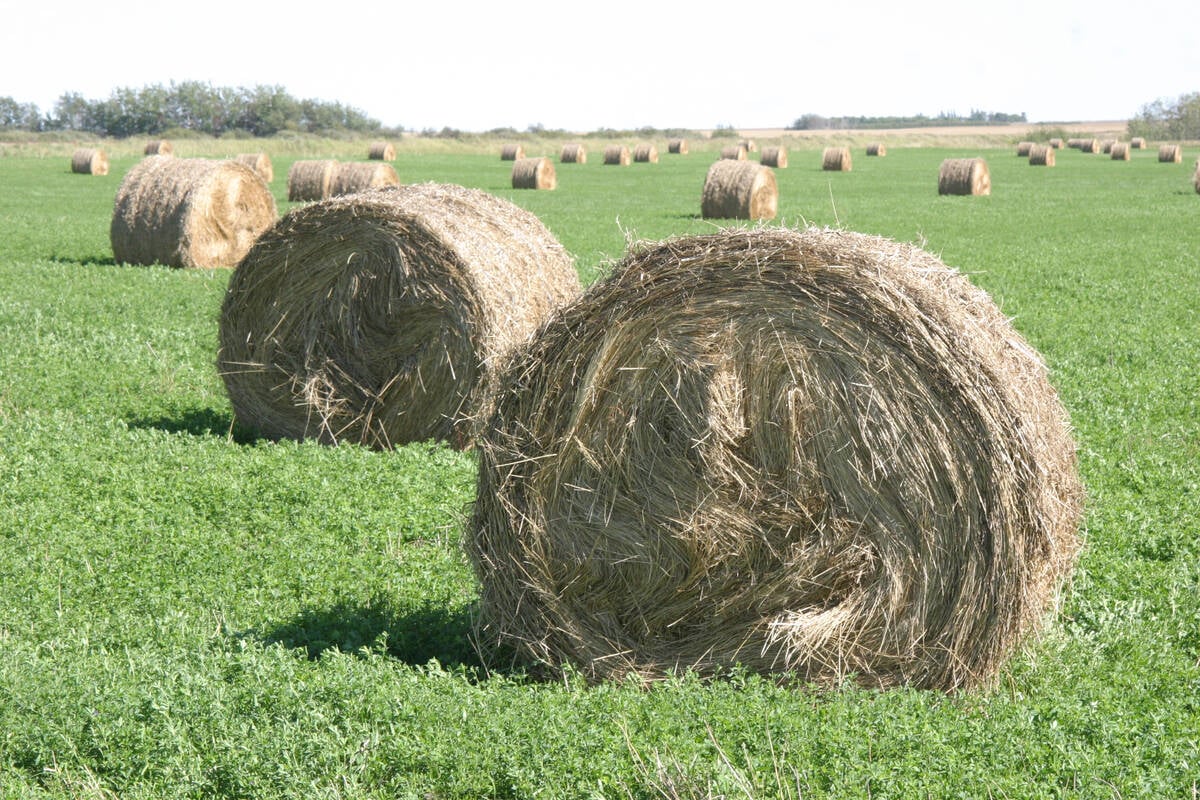The draft code of practice for the care and handling of sheep will be open for public comment until Sept. 6.
It is one of eight livestock codes now under revision in a multi-year project organized by the National Farm Animal Care Council.
NFACC general manager Jackie Wepruk said few comments had been filed as of July 18, but that is typical.
“We haven’t received a whole lot of submissions. One of the things we’re happy to see, though, is that of the submissions we have received, most of them are from producers. It is nice to know that word is getting out amongst the producer community,” said Wepruk.
Read Also

Breaking down successful winter feeding into six steps
It’s that time of year when it is important to start planning for a cow herd’s winter feeding program. Here are six steps I think are necessary to consider when getting your feed tested.
“In typical fashion, I think all of our comment periods, early on there’s not suddenly a big influx of submissions because it does take time for people to go through what is quite a substantial document, review the scientific committee report and then consider what comments people want to make and then make those submissions.”
Corlena Patterson, executive director of the Canadian Sheep Federation, confirmed that members have been informed of the comment period. She said it would take producers awhile to read it and make their responses.
The draft is the product of discussions and input from a 17-member committee comprising sheep producers, researchers, veterinarians, animal welfare groups and government. It has been working on the project for two years.
The sheep committee was chaired by Ontario sheep producer John Hemsted. In a news release, he said public comment would ensure the committee is on the right track.
“All feedback received through the public comment period will be considered by the committee as they finalize the new code,” he said.
The draft includes proposed requirements and recommendations for sheep production under seven headings: environmental conditions, facilities, feed and water, health management, husbandry practices, transportation and euthanasia.
Wepruk said she hadn’t heard about any particularly contentious issues surrounding the sheep code.
However, comment so far has been muted compared to that of the pig code of practice, for which the comment period ends Aug. 3.
“The pig code has garnered more attention than probably all the other codes combined because of specific, very publicly broadcast concerns around gestation stalls, both for and against, and so that has really generated a whole lot of discussion in the media and more public forums than what we’re dealing with on some of the other codes,” she said.
Estimated release date of the final code of practice is December 2013.















